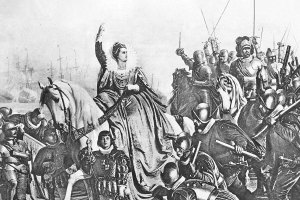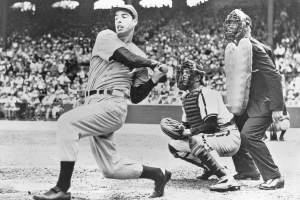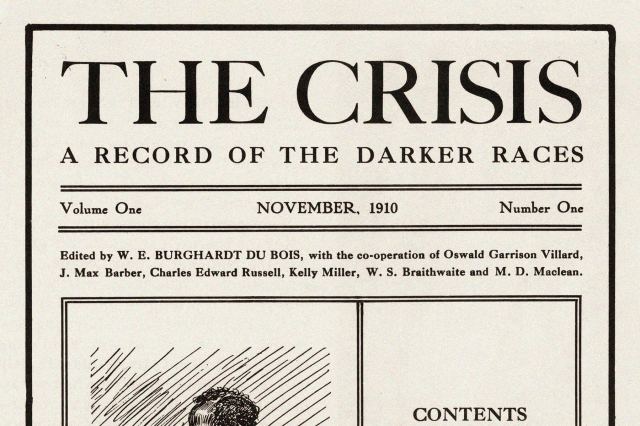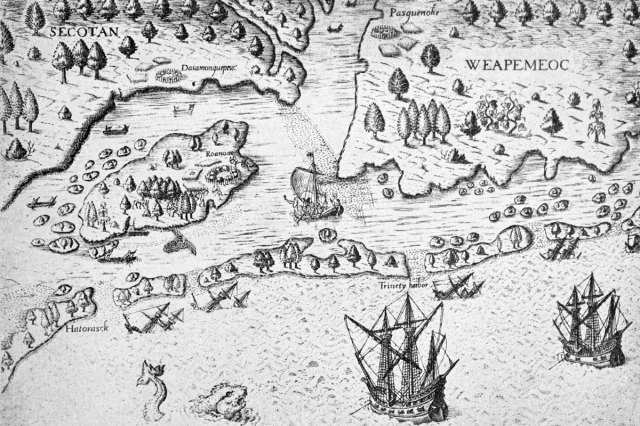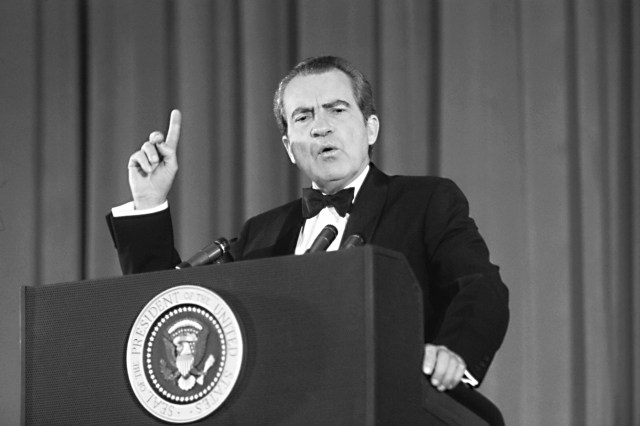The Story of the Harlem Renaissance, in 6 Facts
Throughout the 1920s, New York City’s Harlem neighborhood served as the vibrant headquarters of a transformative period in African American art, literature, music, and social justice leadership. This movement, known as the Harlem Renaissance, was a catalyst for celebrating African American culture and heritage, giving the Black community newfound ownership of their experiences and pride in how their stories were told. It also sought to challenge racial stereotypes and forge social and political equality, planting ideas that would be meaningful for years to come. Here, told in six facts about the movement, is the story of the Harlem Renaissance.

It Started With the Great Migration
From the 1910s until the 1970s, approximately 6 million Black Americans made their way from the Southern U.S. to Northern, Midwestern, and Western states, fleeing racial discrimination and economic hardships, and seeking better work and education opportunities. Known as the Great Migration, this mass movement transformed the country’s demographic landscape and was a major impetus for the Harlem Renaissance. By the 1920s, some 200,000 newcomers had made the New York City neighborhood of Harlem home; at just 3 square miles in size, the neighborhood had the largest concentration of Black people in the world, with people from all backgrounds, including artists, laborers, scholars, and writers. By the early ’20s, a vibrant cultural community was blossoming in this small corner of Upper Manhattan.







